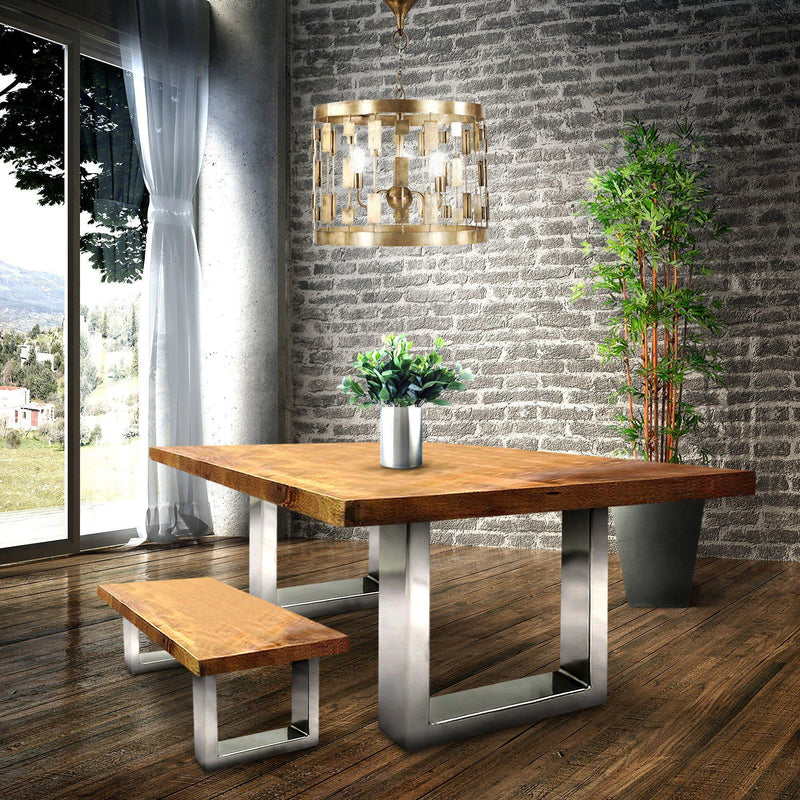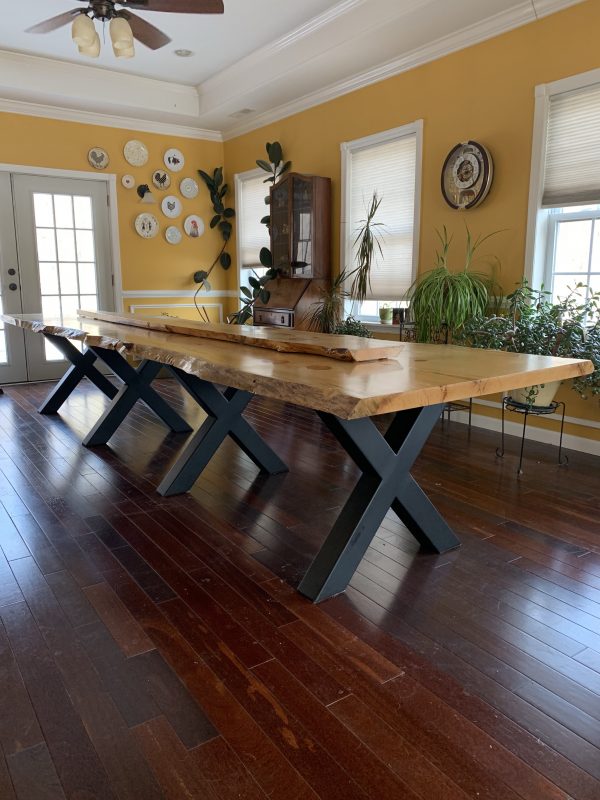How to Maintain and Care for Your Dining Room Table Legs
How to Maintain and Care for Your Dining Room Table Legs
Blog Article
From Traditional to Modern: Locate the Suitable Eating Space Table Legs for Your Style
While traditional layouts such as cabriole and transformed legs evoke a sense of timeless refinement, contemporary styles like barrette and geometric alternatives offer a chance for striking aesthetic interest. As you think about these elements, the inquiry continues to be: how can you effortlessly incorporate these diverse leg designs to produce an unified eating experience?
Comprehending Table Leg Styles
The range of eating space table leg designs can considerably affect both the aesthetics and functionality of the space. Each leg style contributes distinct visual elements and useful features, satisfying varied layout preferences and usage needs. Recognizing these designs is essential for choosing the best table that aligns with your total interior decoration vision.
As an example, conical legs use a clean, traditional appearance that can enhance a room's style, while pedestal bases give security and make the most of legroom, making them suitable for smaller sized rooms. Barrette legs, a trademark of mid-century modern layout, present a commercial flair, allowing for a ventilated, open feel. In a similar way, trestle legs stimulate rustic appeal, offering durable support and a feeling of timelessness.
Wooden legs can bring heat and texture, whereas metal choices usually communicate a streamlined, contemporary vibe. Eventually, understanding table leg designs is crucial for creating a cohesive eating location that reflects personal design while making certain functionality and comfort.
Standard Table Leg Options
When picking dining room table legs, standard alternatives commonly personify classic beauty and craftsmanship. These styles show a rich heritage and a commitment to high quality, making them excellent for those who value classic aesthetics.
One of one of the most iconic conventional leg styles is the cabriole leg, defined by its elegant bent form. This layout typically features ornamental carvings and is most typically discovered in Queen Anne and Chippendale furniture. Another preferred alternative is the transformed leg, which flaunts a series of smooth, rounded shapes that offer a classic look while maintaining stability.
Furthermore, the straight leg, while simple, offers a sturdy and unadorned framework that can mix effortlessly with a range of tabletop designs. For those drawn to ornate outlining, claw-and-ball feet legs evoke a feeling of grandeur and can offer as a spectacular prime focus in any eating room.
Last but not least, stand bases, although not purely legs, give a different typical alternative that permits for ample legroom and can be wonderfully sculpted. Each of these typical leg designs adds to the overall setting of a dining-room, marrying feature with aesthetic appeal.

Modern Table Leg Designs
Modern table leg designs provide a varied array of designs that stress ingenious materials and tidy lines. These designs frequently focus on performance while serving as striking prime focus within a dining room. Minimalist aesthetics are widespread, with legs crafted from materials such as metal, glass, and crafted wood, which add to a airy and contemporary feel.
One preferred design is the barrette leg, characterized by its slender, conical framework that supplies stability without frustrating the table top (dining room table legs). This style is commonly found in mid-century contemporary furniture and can effortlessly match various dining table forms. An additional trend is the use of geometric forms, where legs might take on angular or asymmetrical kinds, including visual rate of interest and a touch of virtuosity

Mixing Styles for Unique Rooms
Typically, home owners look for to create unique eating spaces that reflect their personal style by blending various layout aspects. This technique enables the incorporation of varied visual appeals, resulting in an unified yet distinct atmosphere. As an example, pairing a rustic wood table with streamlined, contemporary metal legs can develop an eye-catching contrast that raises the area's overall charm.
Furthermore, integrating vintage table legs with modern tabletops can stimulate a sense of background while maintaining a modern-day perceptiveness. Such combinations not just showcase private taste however also urge creativity, permitting property owners to curate a our website space that feels both individual and inviting.
Shade plays a vital role in this mixing process; choosing table legs that complement or contrast with the existing color design can boost visual interest. Whitewashed legs can soften the boldness of a dark table surface area, developing a balanced visual.
Tips for Choosing the Right Legs
Choosing the right table legs is vital for attaining both performance and visual allure in your dining room. Begin by thinking about the general design of your space. Typical settings benefit from legs that include detailed carvings or turned styles, while modern rooms may ask for sleek, minimalist designs.
Following, analyze the height and stability of the legs. dining room table legs. Common eating tables range between 28 to 30 inches in height, so make sure the legs enhance this measurement for comfort. Furthermore, durable products, such as wood or metal, can improve security and long life
Review the leg form also-- options include directly, tapered, or stand styles. Straight legs use a timeless appearance, while conical legs can include a touch of sophistication. Pedestal bases give enough legroom and are perfect for smaller spaces.
Final Thought
In summary, choosing the optimal dining-room table legs requires careful consideration of both traditional and modern designs. Standard choices such as cabriole and turned legs offer classic style, while modern-day styles like hairpin and geometric forms provide go to this site a modern touch. By balancing leg design, height, and product with the total decor, a natural and inviting atmosphere can be attained. Inevitably, the picked table legs must show the desired visual, improving the dining experience within the room.
The range of dining room table leg styles can significantly affect both the visual appeals and capability of the space. Inevitably, understanding table leg designs is necessary for creating a natural dining location that mirrors personal design while guaranteeing usefulness and comfort.One of the most legendary conventional leg styles is the cabriole leg, characterized by its graceful rounded form. Straight legs offer a traditional appearance, while tapered legs can add a touch of sophistication.In recap, selecting the ideal eating room table legs calls for mindful factor to consider of both conventional and modern-day styles.
Report this page